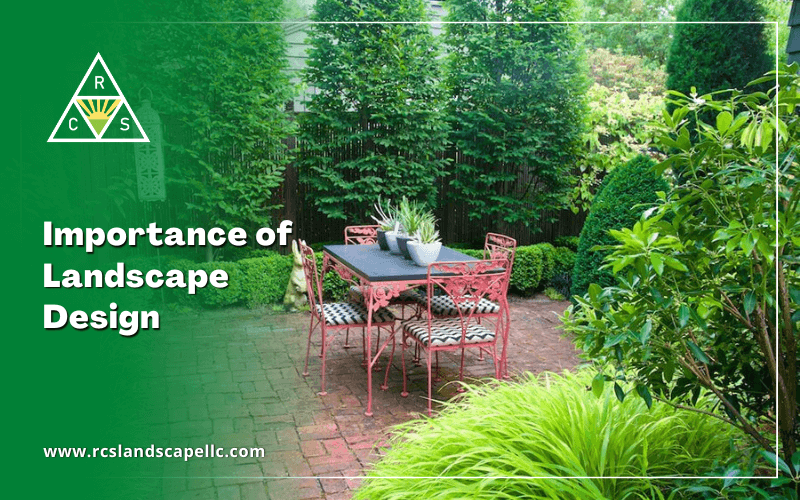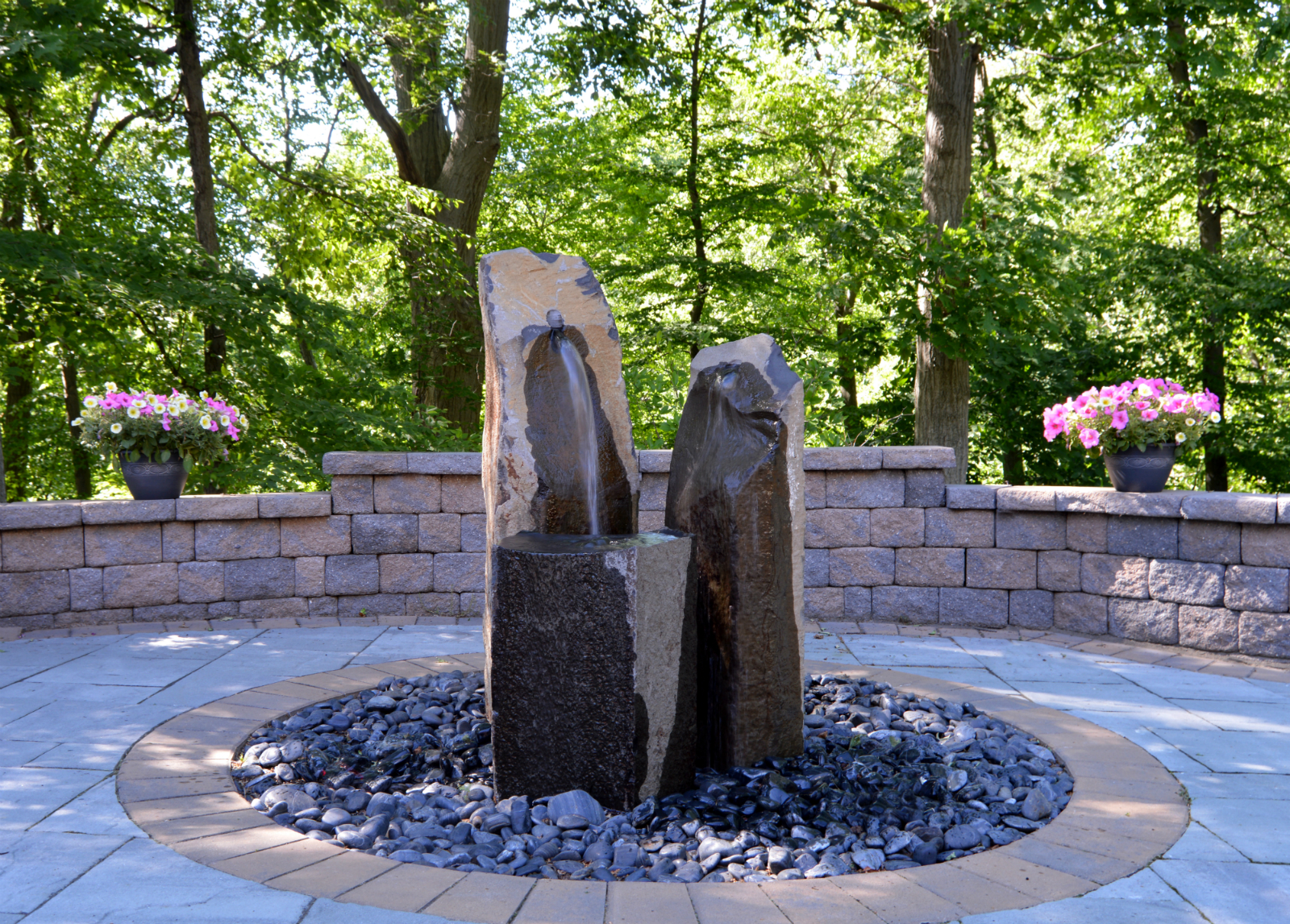The Main Principles Of Landscape Design
Table of ContentsThe Only Guide for Landscape DesignLandscape Design Things To Know Before You Get ThisAll about Landscape DesignThe 8-Second Trick For Landscape DesignTop Guidelines Of Landscape Design
Formal style theme. Credit Score: Gail Hansen, UF/IFAS The yard is an extension of the home where a selection of tasks occur. A yard can typically be separated into 3 locations: public (the front backyard), exclusive (the back yard), and service (normally the side backyard). The area of activity areas depends mostly on the sort of location, the size of room required, the kind of task, and the preferred closeness to other tasks and frameworks.The outdoors wall of your home commonly offers as the initial wall or starting factor of an exterior room. Incompatible usages must be separated, and associated tasks, such as food preparation and dining, ought to be created to make the backyard extra effective and satisfying. When using hardscape to create spaces, make use of building and construction material comparable to that utilized in your home for continuity from the residence into the yard.
Connected areas. Credit Rating: Gail Hansen, UF/IFAS Using comparable hardscape attributes and repeating plants draws the eye around the yard.
What Does Landscape Design Do?

For emotional comfort plants are used as physical or implied barriers for privacy and security. Physical obstacles obstruct both the sight and accessibility to an area and consist of fencings, wall surfaces and plant bushes. Indicated barriers, generally reduced growing plants, block gain access to however not the sight (Number 9). Various other features of plants consist of cleaning up the air, protecting against erosion and dirt loss, retaining moisture in the soil, and returning raw material to the dirt.
Physical and indicated barriers. Credit Score: Gail Hansen, UF/IFAS For these factors, the sorts of plants to be used (such as trees, hedges, or groundcovers) must be selected in the early phases of planning (Landscape Design). Plant types are chosen for their functional abilities to make sure that their future objective and needed space can be considered at the same time

Landscape Design Can Be Fun For Anyone
Each plant mass is in front of, behind, or next to, an additional mass. Credit: Gail i thought about this Hansen, UF/IFAS Duplicating plants within a mass and repeating masses with comparable plants connects the yard together. The specific plant qualities have to be taken into consideration to effectively layer and mass plants.
All plant structures start with the major framework plants, the large, mainly evergreen background plants-such as the trees and large hedges. These plants separate or enframe areas, control the dimension of the room, and offer the starting point for selecting the ideal features of the 2nd layer, midground plants, for massing and infill.
Vital points in the yard ought to be highlighted by the usage of unique plants, distinctive frameworks, or yard accessories. Noting thresholds or entries to areas can be performed with gates, arbors, and steps, or via making use of distinct and vibrant plants. The kind and/or design motif of the yard will certainly typically aid figure out the important points and exactly how they must be highlighted.
Various other vital places in the yard are prime focus, which is utilized to aesthetically organize a designed area. The kind of prime focus usually depends on the watching viewpoint. Various viewpoints or point of views can disclose various structures in the find this landscape that may need a range of centerpieces. Contrasting texture, shape, size and color will certainly record and hold the eye.
The Only Guide to Landscape Design

Number 13. Plant types. Credit Score: Gail Hansen, UF/IFAS After form, structure is the next leading attribute of a plant; coarse, tool and great appearances can be used for contrast and focus in the landscape. Type and structure both trump shade in the garden for the majority of the year. However, during certain periods, color will be one of the most recognizable characteristic of the yard.
The pleasant scent of plants, the sound of wind in the trees, the sound and texture of water, and the colors and appearances of sculptures, pots and yard furnishings all contribute to the experience of the yard. One detail that is usually neglected is the effect of light on the appearances of the plants.

How Landscape Design can Save You Time, Stress, and Money.
It is important to know the eventual mature dimension of plants so they can be put in the right location and spaced properly when they are mounted. Providing plants room to expand is a difficulty because the usual mature dimension is commonly based on optimum expanding conditions and the environmental conditions of a site might trigger a plant to enlarge or remain smaller.
Comments on “Indicators on Landscape Design You Should Know”